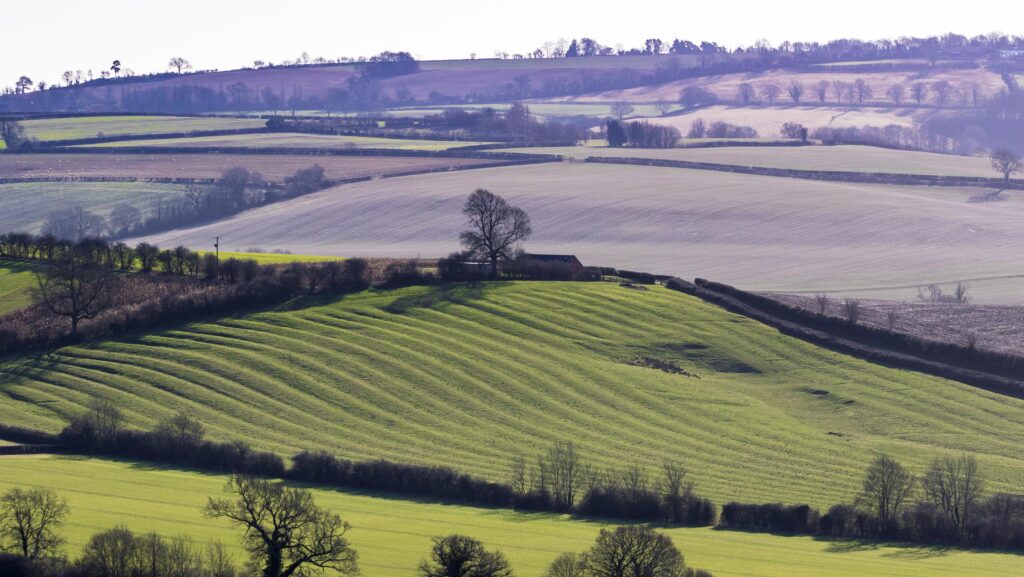SFI applicants thwarted by ‘historic importance’ designations
 © Adobe Stock
© Adobe Stock Livestock farmers across England are finding that their Sustainable Farming Incentive options are being limited, due to the presence of features of historic importance being listed on their land.
The areas in question are recorded on the Selected Heritage Inventory for Natural England (Shine) and can include historic or archaeological features, battlefields and scheduled monuments.
See also: A guide to staying SFI compliant
“There are 632,497ha of farmland under Shine nationally,” said a spokesperson for Historic England.
“Farmers entering into any [agri-environment] schemes since the late 2000s will have been aware of Shine features on their holding.”
One of many farmers who was not aware of the designation is Rob Taylor, a livestock farmer operating near the River Severn in Gloucestershire.
He applied for Sustainable Farming Incentive (SFI) options on 40 of his fields, and found that 10 were ineligible due to being designated as “ridge and furrow” land.
“This was the first that I heard of the restriction,” he said.
“Originally, I wanted to put these fields into herbal leys.
“But this was declined and another, lower-paid action was offered.”
Having been unaware of this designation, and seeking an explanation, Mr Taylor was bounced between South Gloucestershire Council and the Rural Payments Agency.
In some fields, the protected land was less than 1%, so the council lifted the designation on three of them.
But nothing has changed in relation to the other fields.
“It’s unfortunate for the landowner, but he can still do these things outside of the SFI scheme, he just won’t be able to receive funding,” said a spokesperson for the council.
Underestimate
The NFU is urging Historic England and Defra to look further into the issue.
“Defra underestimates the number of farmers that this affects,” said Claire Robinson, senior countryside adviser at the NFU.
“This is an issue across every county in the UK.”
Despite lobbying since 2023, no solutions have been put in place.
“The actions available to grassland farmers are not great for a productive farming system anyway,” she added.
“This includes very low input grasslands [£151/ha a year], historic and archaeological features on grassland [£55/ha a year], and winter bird food [£515/ha a year].”
Herbal leys are entitled to a payment of £382/ha a year.
A Defra spokesperson said: “We are making sure our schemes work for farmers who have too often been ignored, including grassland farmers.
“More than 60,000 agreements for our Environmental Land Management schemes are now live and we will continue to evolve and improve them.”
